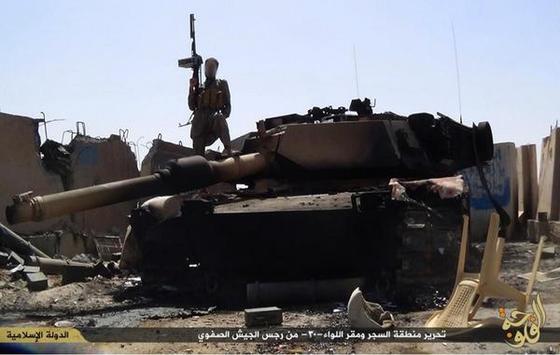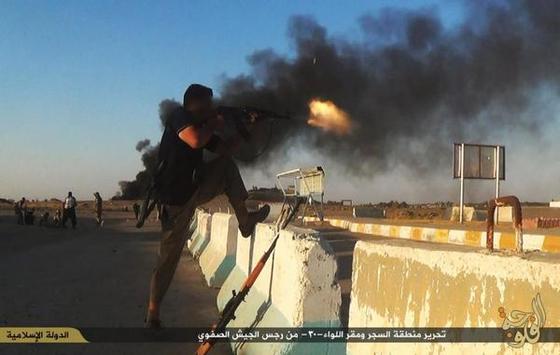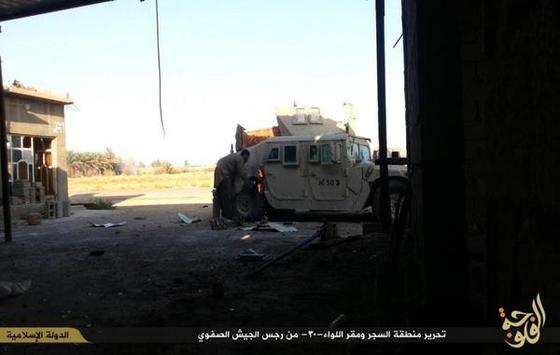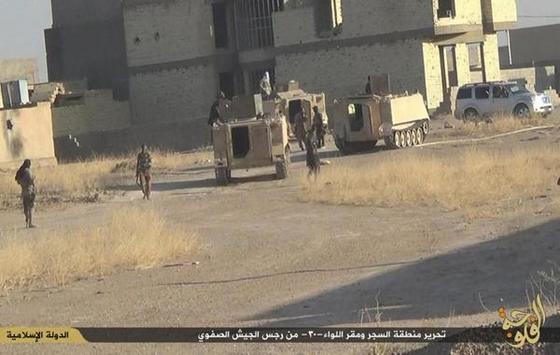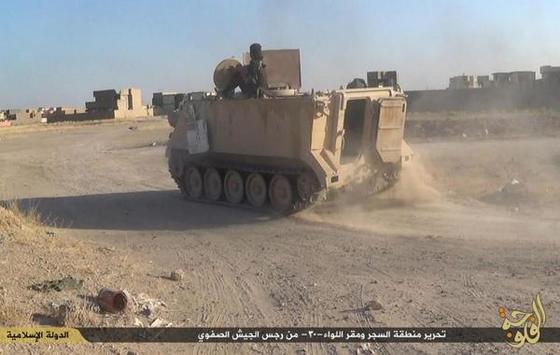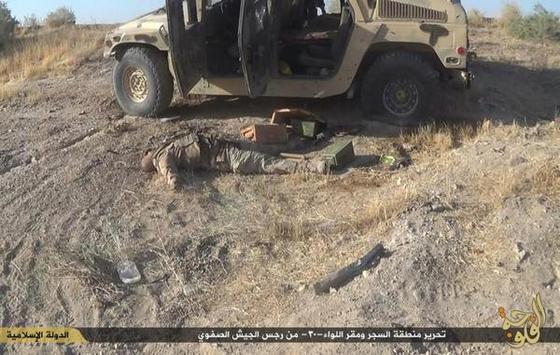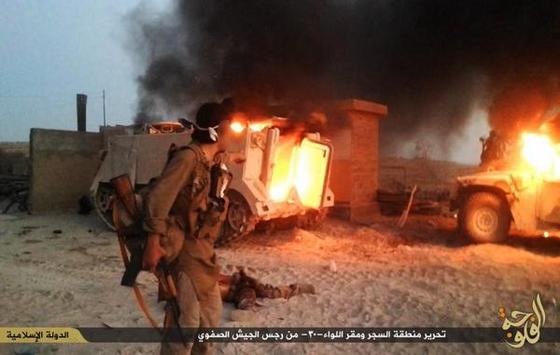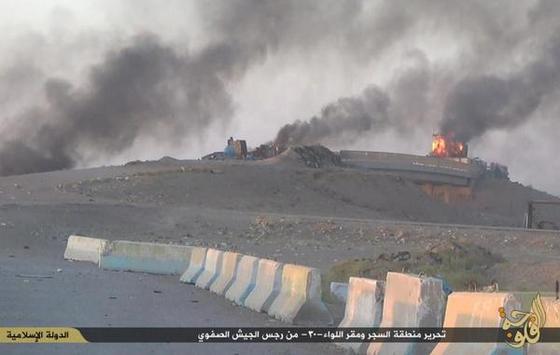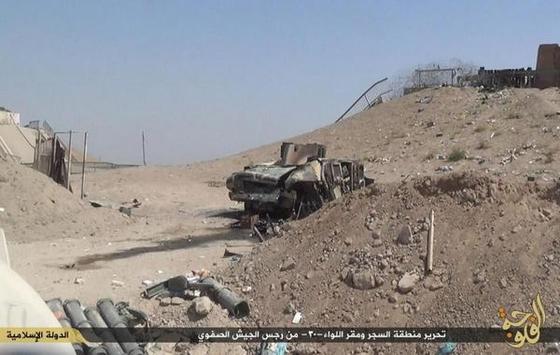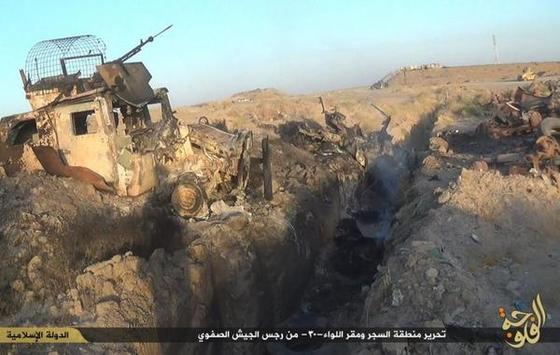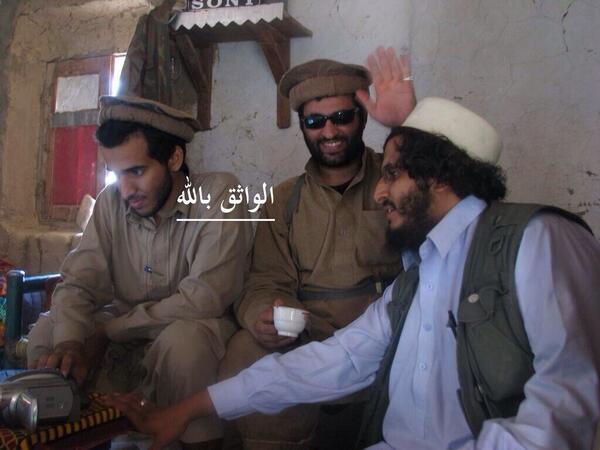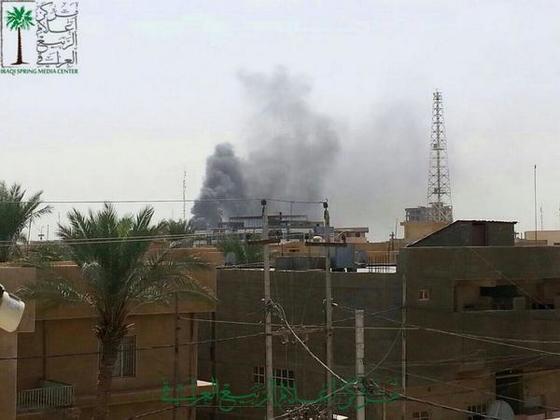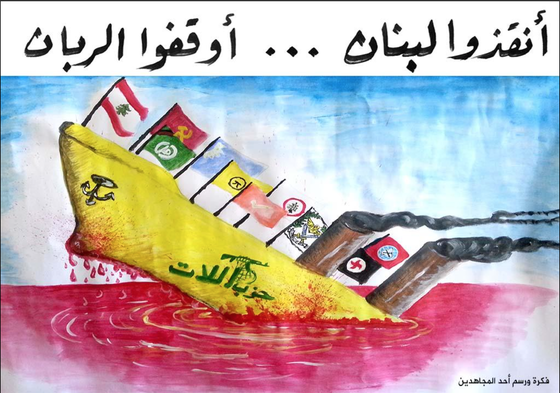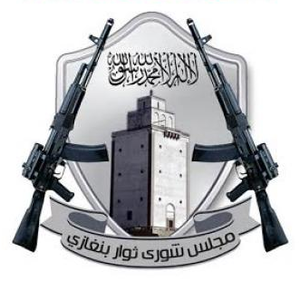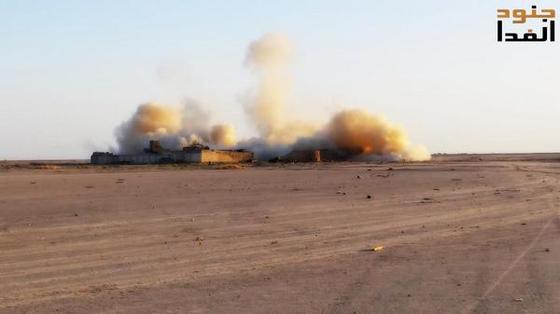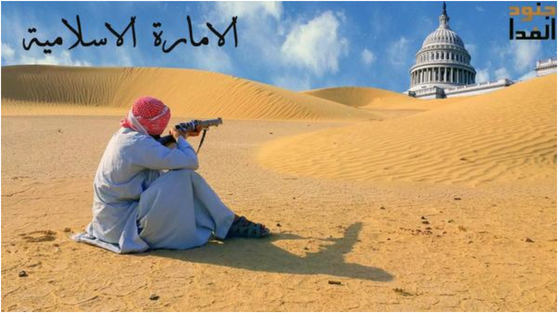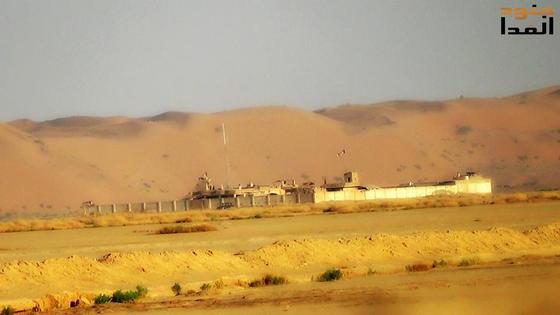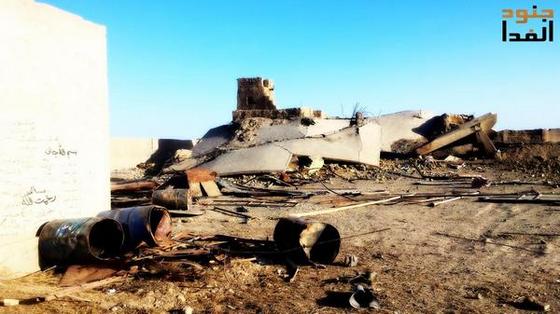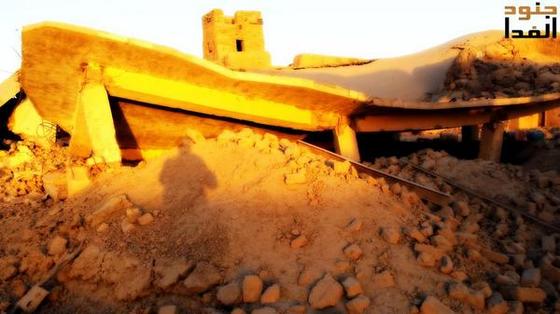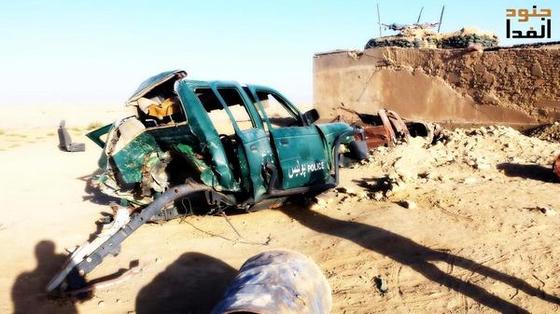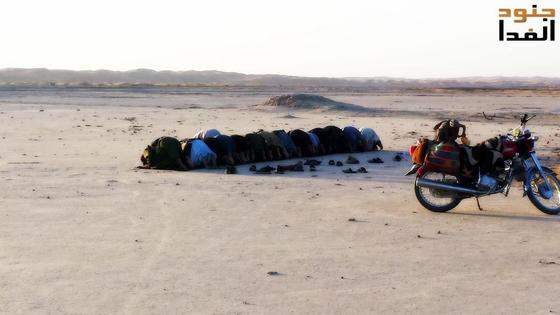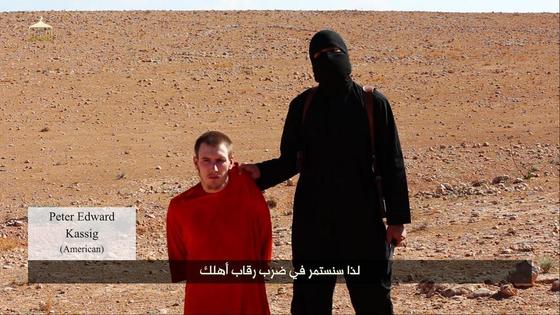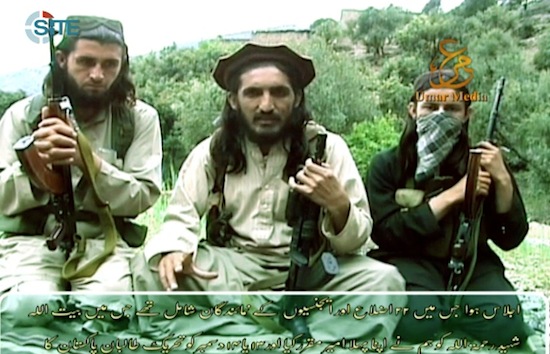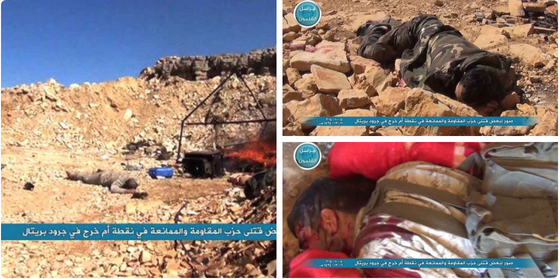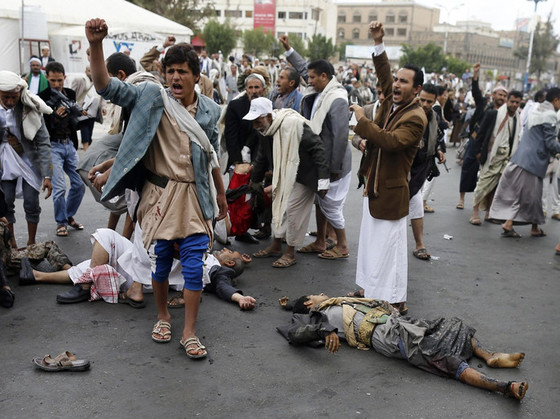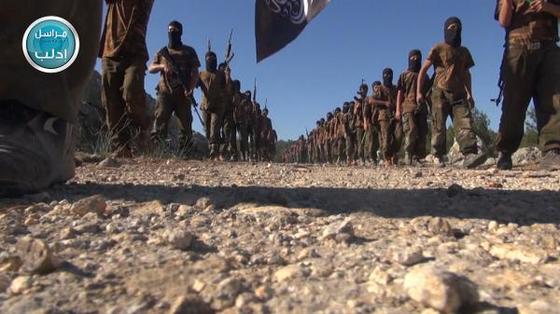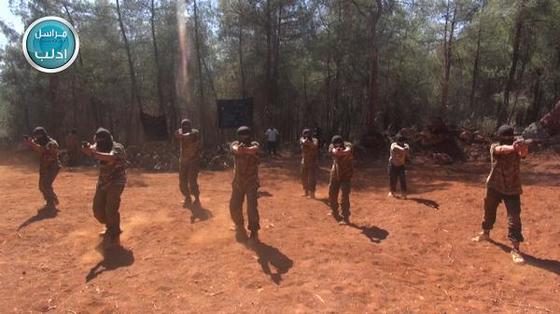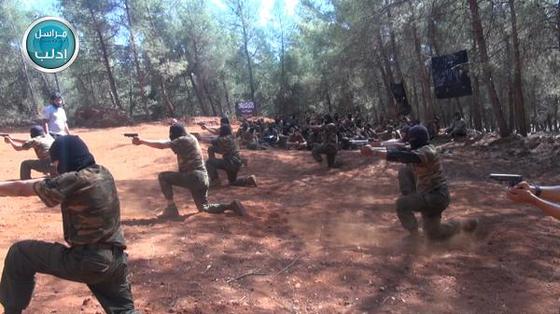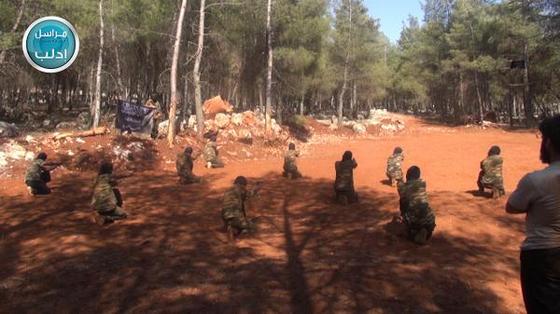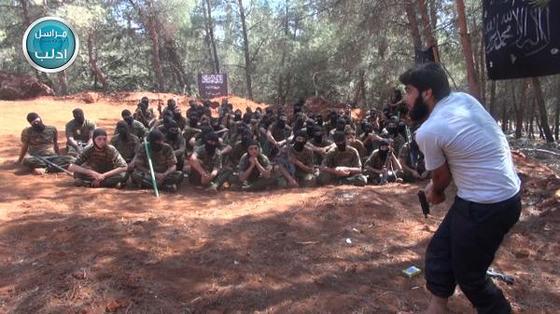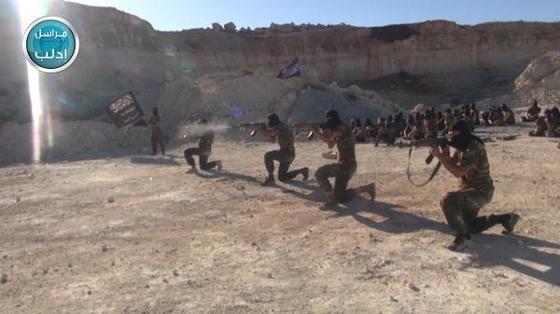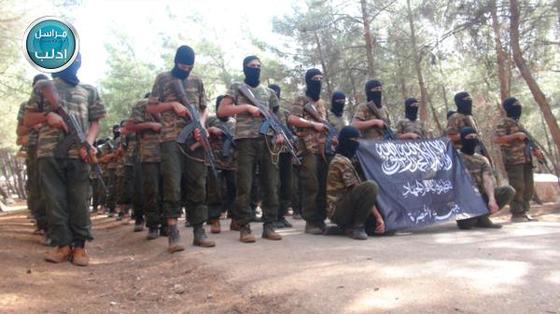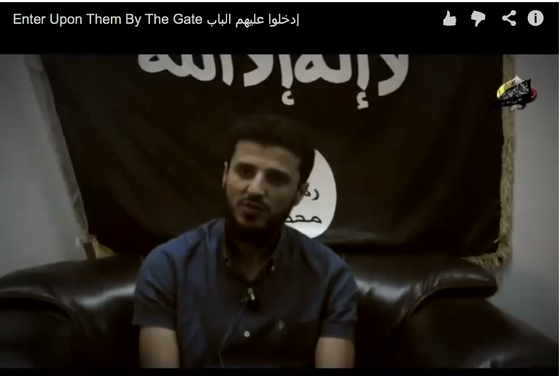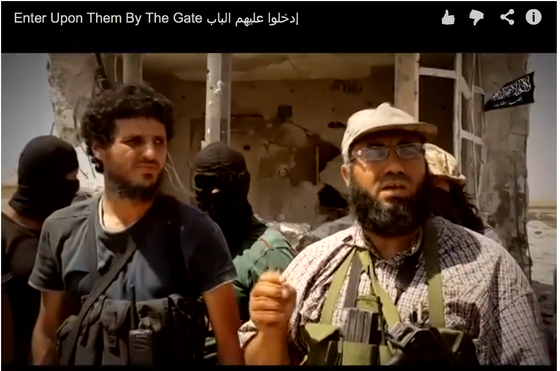Fazle-ur-Rahman Khalil, the longtime emir of the Pakistan-based Harakat-ul-Mujahideen that was listed as a Foreign Terrorist Organization in 1997, was finally added to the US list of Specially Designated Global Terrorists. Khalil signed Osama bin Laden's infamous 1998 fatwa, or religious edict, that declared war on the US and Israel.
Today, the Department of the Treasury added Khalil, two Lashkar-e-Taiba operatives, and two businesses associated with Lashkar-e-Taiba to the list of Specially Designated Global Terrorists.
"Both LT [Lashkar-e-Taiba] and HUM [Harakat-ul-Mujahideen] are violent terrorist organizations that train militants and support the activities of many of the best known and brutal extremist groups, including al Qaeda," Under Secretary for Terrorism and Financial Intelligence David S. Cohen is quoted as saying in the Treasury designation.
Khalil's designation takes place less than two months after the State Department updated the Harakat-ul-Mujahideen Foreign Terrorist Organization designation to include the alias Ansar ul-Ummah. In that update, State noted that HUM "operates in Pakistan, and engages in terrorist activity in Kashmir, India, Pakistan, and Afghanistan" and "also operates terrorist training camps in eastern Afghanistan."
A follow-up inquiry to State by The Long War Journal confirmed that the HUM camps in eastern Afghanistan are still in operation. The exact locations of the camps were not disclosed. [See LWJ report, Harakat-ul-Mujahideen 'operates terrorist training camps in eastern Afghanistan'.]
Khalil is an established jihadist leader in Pakistan
Harakat-ul-Mujahedeen operates freely inside Pakistan, with the permission of the Pakistani establishment, including the military and the powerful Inter-Services Intelligence Directorate. Khalil lives openly in Pakistan's capital of Islamabad.
After founding HUM in 1997, Khalil remained at the helm of the Pakistani terror group and its various aliases. "In 2008, Khalil was leader of the HUM shura council," Treasury notes. "As of mid-2003, Khalil was the chief of Jamiat ul-Ansar in Pakistan, the name under which HUM had reorganized at the time. As of October 1997, Khalil was the leader of Harkat ul-Ansar (HUA) and renamed HUA as HUM after HUA was listed by the United States as a terrorist organization. As of late 2006, Khalil was appointed as the emir of a trust that, as of mid-2007, was being used by HUM to raise funds for the group."
Khalil is the man Osama bin Laden consulted before issuing his infamous fatwa declaring war against the US in 1998. According to the Associated Press, Khalil has "dispatched fighters to India, Afghanistan, Somalia, Chechnya and Bosnia," and "was a confidante of bin Laden and hung out with 9/11 mastermind Khalid Sheikh Mohammed."
Khalil "has maintained a close relationship with al Qaeda, including with Osama bin Laden prior to his death," Treasury notes. He "visited al-Qaida training camps" and "sent Pakistani militants to support OBL's operatives in Somalia and OBL sent funds to unidentified Pakistan-based individuals via Khalil prior to September 2001."
HUM has been involved in numerous acts of terror in the region, including the hijacking of an Indian airplane, an attack on the US Consulate in Karachi, and the murder of Wall Street Journal reporter Daniel Pearl. [See LWJ report, New investigation into murder of Daniel Pearl released.]
Several al Qaeda leaders have risen from the ranks of HUM. One of the most prominent is Badr Mansoor, an al Qaeda commander who was killed in a US drone strike in North Waziristan in February 2012. In one of the 17 documents that were released by the US from Osama bin Laden's collection of thousands seized during the Abbottabad raid, Mansoor was identified as a commander of a "company" of al Qaeda's forces operating in Pakistan.
At the time of his death, Mansoor was described as al Qaeda's leader in Pakistan who was closely linked to other Pakistani terror groups. Mansoor was able to funnel in recruits from Pakistani terror groups such as the Harakat-ul-Mujahideen, with which he was closely linked. [See LWJ reports, Bin Laden docs hint at large al Qaeda presence in Pakistan, and Commander killed in drone strike 'funneled Pakistani jihadists' to al Qaeda.]
HUM likely part of al Qaeda's newest branch, al Qaeda in the Indian Subcontinent
HUM is one of several jihadist groups that are part of what former Secretary of Defense Robert Gates described in 2010 as a "syndicate" in Afghanistan, Pakistan, and elsewhere in the region.
"A victory for one [member of the syndicate] is a victory for all," Gates cautioned. Gates mentioned groups such as the Afghan and Pakistani Taliban, as well as Lashkar-e-Taiba, as belonging to this "syndicate." Other groups that figure in this syndicate are the Haqqani Network, the Islamic Movement of Uzbekistan and its offshoot the Islamic Jihad Union, Harakat-ul-Jihad-al-Islami, Jaish-e-Mohammed, and Lashkar-e-Jhangvi, among others.
This syndicate has pooled resources to wage jihad in Afghanistan and Pakistan. The group has fought under the banner of the Lashkar-al-Zil, or the Shadow Army, al Qaeda's military organization in Afghanistan and Pakistan, or the Khorasan. The US State Department recognized the existence of al Qaeda's "paramilitary brigades" in the designation of 'Abd al Hamid al Masli, an IED faciitator based in Pakistan. [See LWJ reports, Al Qaeda's paramilitary 'Shadow Army' and US adds al Qaeda explosives expert to list of global terrorists.]
Al Qaeda formalized this relationship with the various jihadist groups based in Pakistan, Afghanistan, and India when it formed al Qaeda in the Indian Subcontinent on Sept. 3.
In his statement announcing the group's formation, al Qaeda emir Ayman al Zawahiri noted that AQIS "is the fruit of a blessed effort for more than two years to gather the mujahideen in the Indian subcontinent into a single entity to be with the main group."
Al Qaeda in the Indian Subcontinent's spokesman, Usama Mahmoud, stated that the group "was formed by the gathering of several jihadi groups that have a long history in jihad and fighting ... so they united and came together and applied the directives of their beloved emir, Sheikh Ayman al Zawahiri, may Allah preserve him, on the ground."
